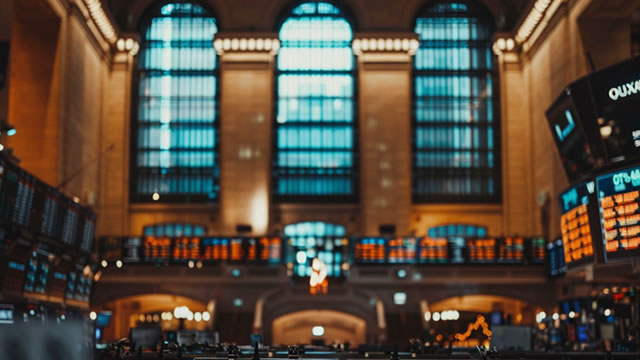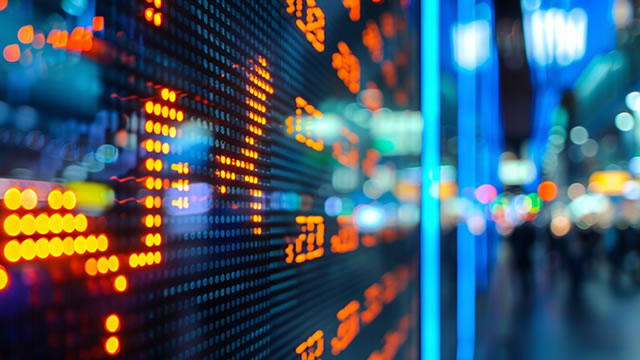Navigating the Storm: US Indices Amidst Tariffs, Inflation, and Defensive Sector Rotation
As the clock ticks closer to April 2, investors find themselves in a high-uncertainty environment. The US stock market, represented by indices like the S&P 500 and the Dow Jones Industrial Average, is on edge. Let’s delve into the factors causing this turbulence and their potential impact on both individual investors and the global economy.
Tariffs: A Double-Edged Sword
One of the primary sources of concern is the ongoing trade tension between the US and China. Tariffs, imposed on both sides, have led to increased costs for businesses and potential inflationary pressures. While some argue that tariffs protect domestic industries, others see them as a hindrance to economic growth.
Inflation: A Test of Central Bank Credibility
Inflation has become a hot topic once again. With the US economy showing signs of strength, there are concerns that the Federal Reserve may need to raise interest rates more aggressively than anticipated to keep inflation in check. This could negatively impact stocks, particularly those in the technology sector, which have thrived in a low-interest-rate environment.
Defensive Sector Rotation: A Flight to Safety
Amidst this uncertainty, investors have been turning to defensive sectors like healthcare and utilities. These sectors are often seen as safer bets during economic downturns or periods of market volatility. By rotating into these sectors, investors are hedging against potential losses in other areas of their portfolios.
Impact on Individual Investors
For individual investors, this environment can be both challenging and rewarding. Challenging, as it requires a disciplined approach to investing and the ability to navigate complex market conditions. Rewarding, as it offers opportunities to capitalize on market movements and potentially outperform benchmarks through careful analysis and strategic positioning.
Impact on the World
The ripple effects of these factors extend beyond US borders. Global markets have been impacted by the trade tension between the US and China, with many emerging markets particularly vulnerable. Central banks around the world are closely monitoring inflationary pressures, and interest rate decisions in major economies like the US, Europe, and Japan could have far-reaching consequences.
Conclusion: Embracing the Volatility
In conclusion, the days leading up to April 2 find US indices in a high-uncertainty environment, with tariffs, inflation, and defensive sector rotation shaping trader strategy. While these factors present challenges, they also offer opportunities for those willing to embrace the volatility and navigate the market with a disciplined, strategic approach. As always, it’s essential to stay informed and seek professional advice when making investment decisions.
- Stay informed about global economic news and market trends.
- Consider diversifying your portfolio across sectors and asset classes.
- Seek professional advice from a financial advisor or investment manager.
Remember, every market cycle is unique, and while past performance is not indicative of future results, history has shown that even the most challenging environments can yield opportunities for those who are prepared and disciplined.
So, buckle up and get ready for the ride!





